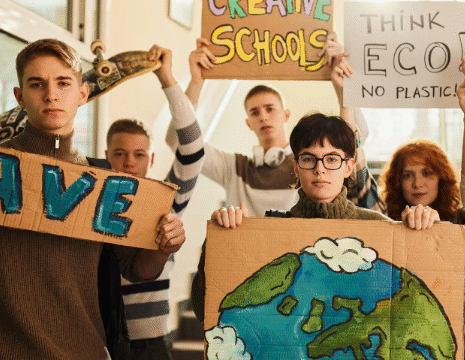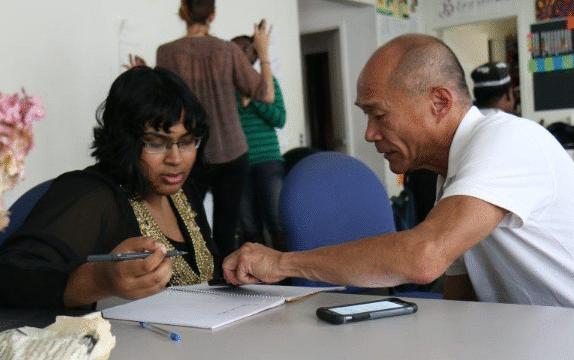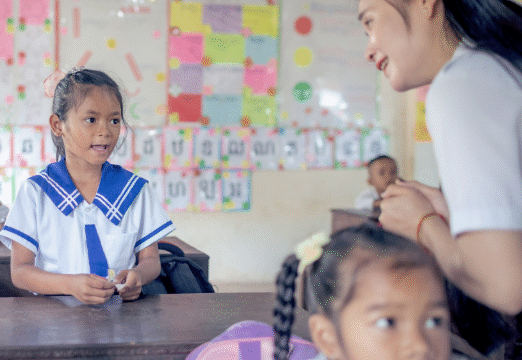Education has long been seen as the foundation for progress,
yet the rising costs of learning often limit opportunities for
many students. Families, communities, and governments
continue to search for approaches that make quality education accessible without placing an overwhelming financial burden on learners. Around the world, creative and affordable education models have emerged, proving that effective learning does not always require high expenses. These models demonstrate that with innovation, community support, and practical planning, education can be delivered in ways that are both sustainable and impactful.
One of the most promising approaches is community-based schooling. In many rural and low-income regions, local communities have come together to build and manage schools that operate on modest budgets. These schools often rely on volunteer teachers, shared resources, and locally sourced materials. While they may lack some of the advanced facilities found in wealthier schools, they often foster a strong sense of belonging and accountability. Parents, teachers, and community leaders collaborate closely, ensuring that children receive not only academic instruction but also values and life skills rooted in their local context.
Technology has also opened doors to affordable education solutions. Online learning platforms, for instance, allow students to access lessons, tutorials, and practice materials at little to no cost. This has been especially valuable in areas where physical schools are far away or underfunded. Massive open online courses, often known as MOOCs, provide world-class instruction on a wide range of topics without the price tag of traditional universities. While internet access remains a challenge in some regions, initiatives that expand connectivity and provide low-cost devices are helping bridge this gap. Digital education, when paired with thoughtful guidance from teachers and mentors, has become one of the most flexible and cost-effective models available today.
Another successful model is the use of open educational resources, also called OER. These are teaching and learning materials that are freely available for anyone to use, adapt, and share. By relying on openly licensed textbooks and resources, schools and universities can reduce the financial pressure on students who would otherwise need to purchase expensive books. OER also encourages collaboration among educators, who can tailor content to fit the needs of their learners. This not only cuts costs but also enhances the relevance of education for different cultural and social contexts.
Micro-schools and alternative learning centers have also gained popularity as affordable models. These schools are usually small, flexible, and focused on personalized learning. Because they operate on a smaller scale, they can often reduce administrative costs and concentrate resources on direct teaching. Families who cannot afford private education but still want tailored attention for their children have found micro-schools to be an effective solution. In many cases, micro-schools combine face-to-face learning with online resources, creating a blended model that balances affordability with quality.
Scholarship programs and government-supported initiatives also play a vital role in making education affordable. Countries that prioritize education funding often provide free or low-cost schooling for children, as well as subsidized higher education. While these models require significant investment from governments, the long-term returns are seen in healthier economies, reduced poverty, and stronger social cohesion. Some nations have demonstrated that by allocating resources effectively and reducing waste, it is possible to sustain high-quality education systems without passing excessive costs on to families.
Vocational and skills-based training programs are another affordable approach that works well for many learners. Not everyone follows the same path, and for students who may not seek a traditional academic route, practical skills training offers an effective alternative. Programs that teach trades, technical abilities, or entrepreneurship often require fewer years of schooling and come with lower fees, yet they prepare students for immediate employment opportunities. By aligning training with the needs of local industries, these programs not only reduce costs but also ensure that learners are job-ready upon completion.
Cooperative models of education have shown promise as well. In these systems, families and communities share resources to reduce expenses. For example, a group of families may pool funds to hire a teacher or rent a learning space. Students benefit from small group instruction, and parents are directly involved in their children’s learning process. Cooperative schools encourage strong partnerships between families and educators, creating supportive environments that are both affordable and effective.
Partnerships between public and private sectors also contribute to affordable education solutions. Private organizations, non-profits, and charitable groups often collaborate with governments to fund schools, provide scholarships, or donate learning materials. These partnerships help distribute costs and extend resources to areas that might otherwise be neglected. For instance, some technology companies provide free digital tools for students and teachers, making it easier for schools to integrate modern learning methods without large expenses.
Blended learning, which combines traditional classroom teaching with online instruction, is another cost-effective model gaining traction. By using online platforms for lectures, assignments, or self-paced practice, schools can reduce the need for large physical infrastructures. Teachers are then able to focus on guiding discussions, addressing individual needs, and offering support where it is most needed. This hybrid model helps schools optimize resources while still providing rich learning experiences.
Finally, affordable education models often work best when they are culturally relevant and adaptable to local needs. What succeeds in one country may not work in another unless it takes into account cultural practices, available resources, and community values. The most effective initiatives are those that engage students, families, and educators in shaping how education is delivered. This sense of shared responsibility not only lowers costs but also strengthens commitment to learning.
The quest for affordable education is ongoing, and it is clear that no single model can solve the challenge everywhere. However, the variety of approaches being used around the world demonstrates that solutions do exist. Whether through community schools, open resources, digital platforms, vocational programs, or cooperative efforts, education can be made accessible to more learners without sacrificing quality.
The heart of these models lies in the belief that education is a right, not a privilege. When societies commit to making learning affordable, they create opportunities that extend far beyond the classroom. Students gain the skills to build better futures, families escape cycles of poverty, and communities grow stronger together. By supporting and expanding affordable education models that work, we move closer to a world where learning truly is within reach for all.






